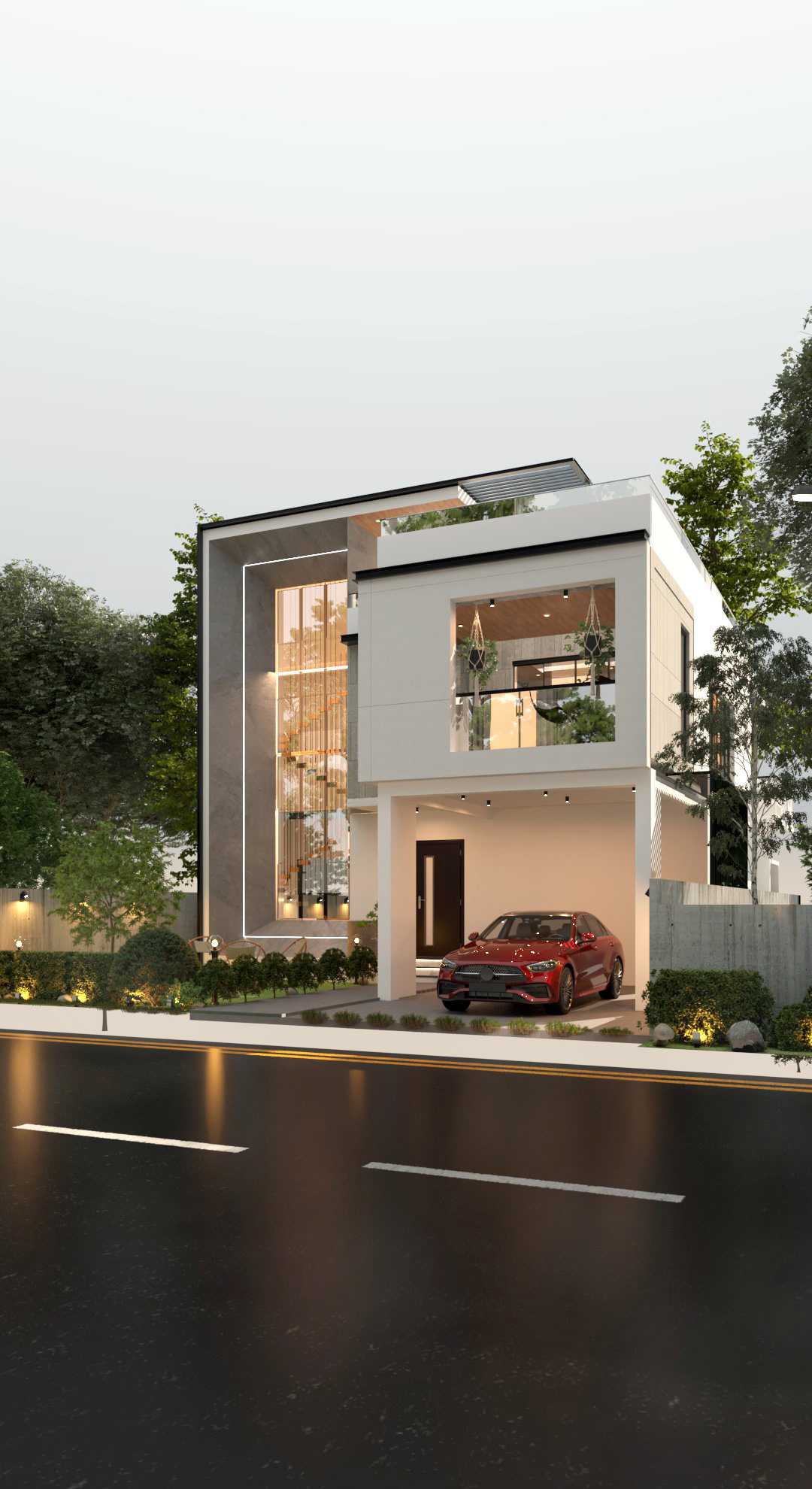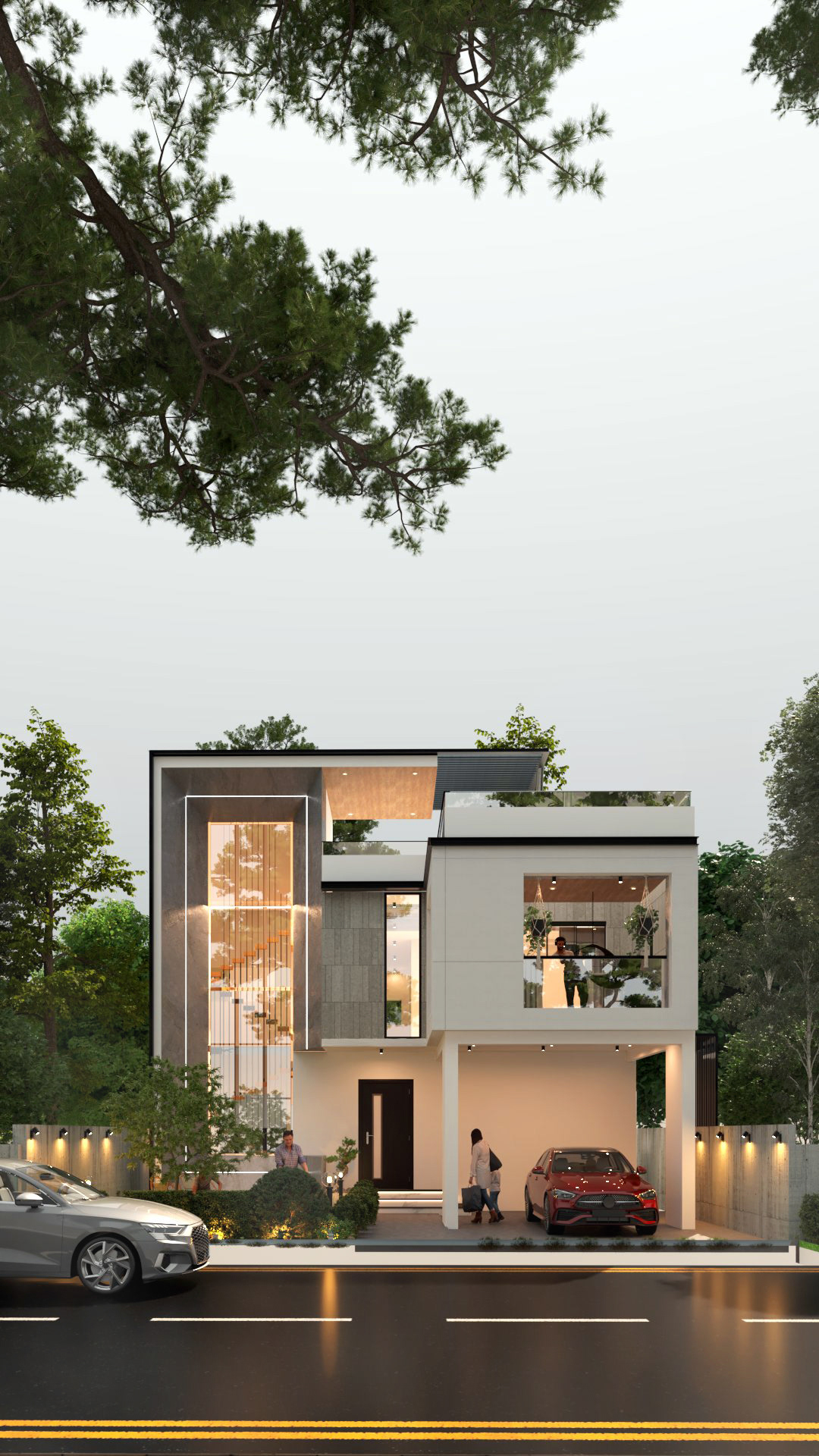

Designing a modern and simple elevation involves clean lines, a minimalist aesthetic, and a focus on functionality. Here's a guide to creating a modern, simple elevation for a building:
1. Clean Lines and Geometry:
Straight Lines:
Emphasize clean, straight lines in the design to achieve a modern look.
Use geometric shapes and symmetry for a balanced and visually pleasing composition.
2. Materials:
Sleek Materials:
Choose modern and durable materials such as glass, steel, concrete, or metal panels.
Consider using a combination of materials for texture and visual interest.
3. Color Palette:
Neutral Colors:
Stick to a neutral color palette with shades of white, gray, or muted earth tones.
Use contrasting colors sparingly for accents.
4. Windows and Openings:
Large Windows:
Integrate large, floor-to-ceiling windows to allow natural light and create a sense of openness.
Consider using window frames in a neutral color or a contrasting ton
